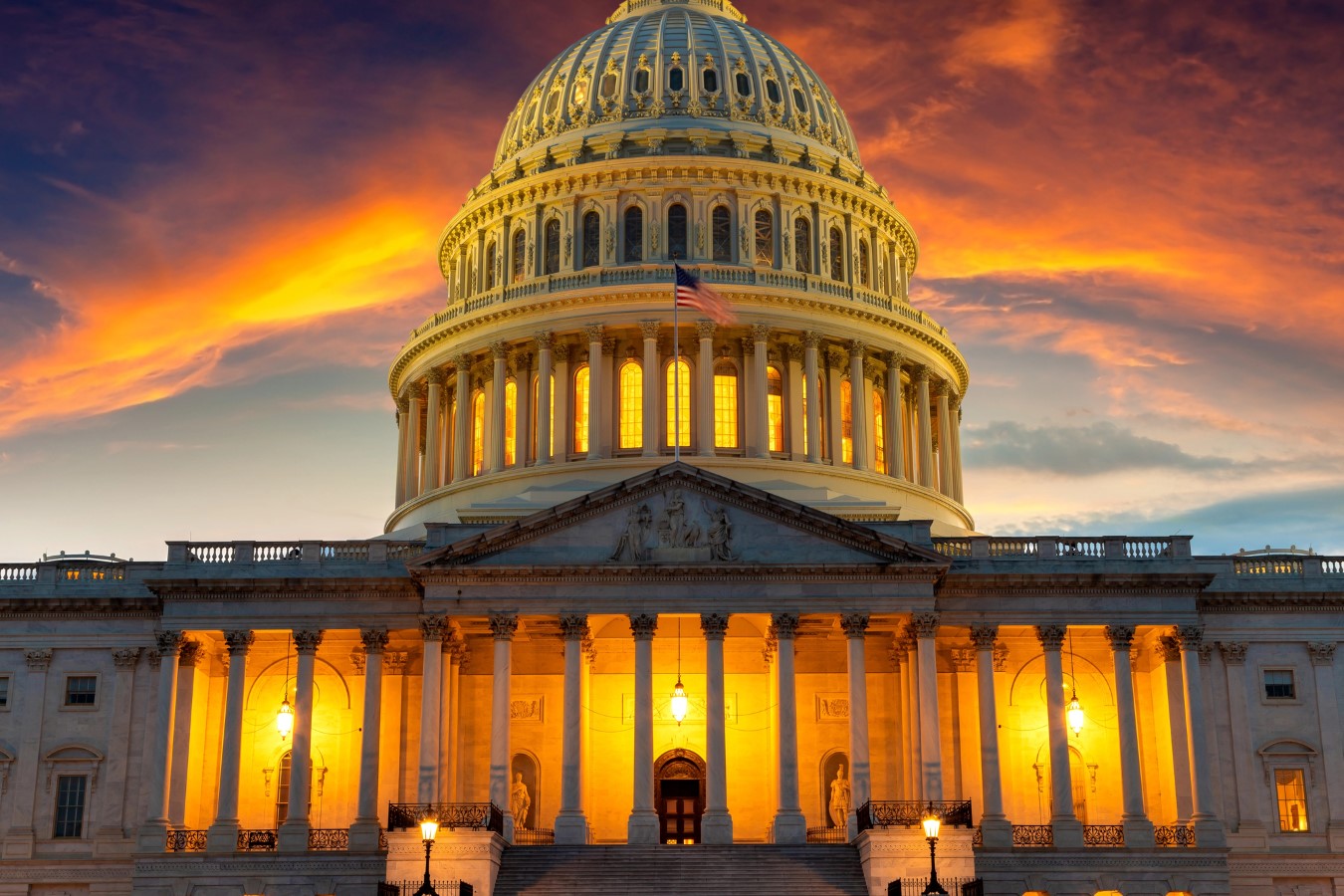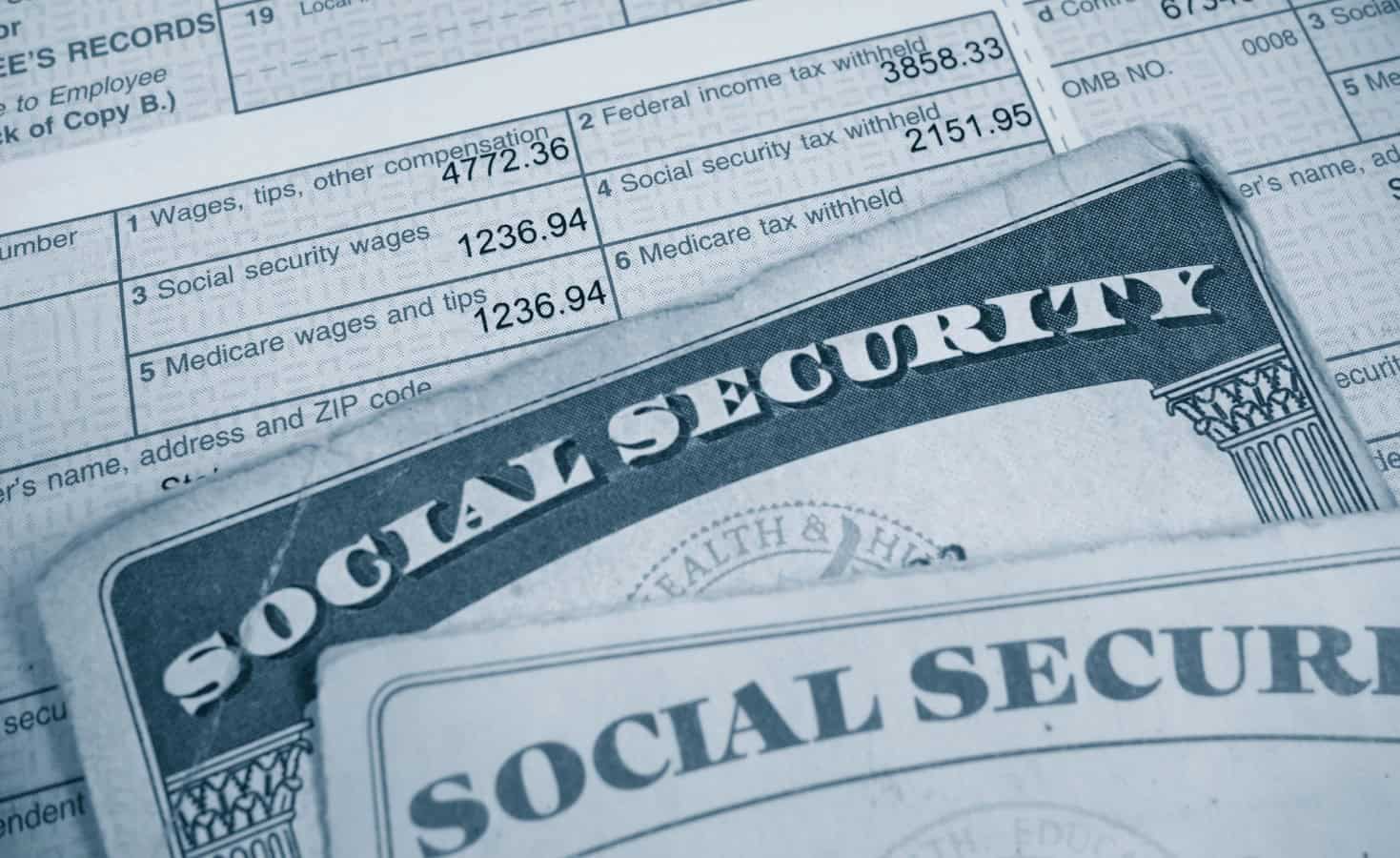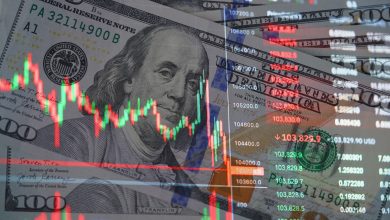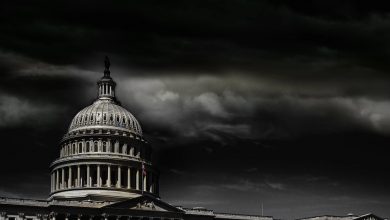Think $32,000 Is Poverty? New Analysis Says Families Need $140,000 Just To Stay Afloat – Financial Freedom Countdown

Michael Green, portfolio manager and chief strategist at Simplify Asset Management, generated some controversy this week with his analysis trying to explain why the middle class is being squeezed.
He warned that a long-ignored flaw at the heart of U.S. economic measurement has quietly broken the country.
A Benchmark From 1963 That Froze in Time

A growing number of economists say one of the most important numbers in U.S. public policy has barely been updated in 60 years; and it’s distorting how the country understands economic hardship.
The official U.S. poverty line still rests on a framework created in 1963 by Social Security economist Mollie Orshansky.
Her approach was simple: calculate the minimum adequate food budget for a family and multiply it by three. At the time, families spent about one-third of their income on food, so the formula felt intuitive and reasonably accurate.
Why Orshansky’s Math No Longer Matches Modern Life

According to Michael Green, portfolio manager and chief strategist at Simplify Asset Management, that formula has collapsed under the weight of modern costs that didn’t exist; or barely existed in Orshansky’s era.
Food is no longer the anchor expense.
Household budgets today are dominated by housing, healthcare, childcare, transportation, and education. As a result, food at home represents just 5% to 7% of spending, not 33%. That single shift alone means the original poverty formula has lost any meaningful connection to economic reality.
The Real Poverty Threshold Could Be $130,000 to $150,000

If policymakers updated Orshansky’s methodology to reflect today’s spending patterns, Green argues the crisis threshold for a family of four would land somewhere between $130,000 and $150,000; far above the official federal poverty line of roughly $32,000.
Orshansky’s intention wasn’t to define comfort; she was defining desperation. And if that “desperation line” were recalculated today, Green says the true floor under which a family cannot function would be about $140,000.
A Modern Cost Breakdown That Shocks

To test his theory, Green built a model using national average costs for the essentials a typical family of four must cover. His breakdown:
Childcare: $32,773
Housing: $23,267
Food: $14,717
Transportation: $14,828
Healthcare: $10,567
Other essentials: $21,857
Once federal, state, and FICA taxes are added, the required gross income balloons to around $136,500; again aligning with a poverty threshold more than four times higher than the government’s official figure.
Meanwhile, Median Income Has Stalled Far Below

The median household brought in $83,730 last year; barely 60% of what Green says a modern family needs just to stay above water. That gap between official policy metrics and lived economic reality helps explain why so many Americans who are “not poor” on paper still feel profoundly financially strained.
Why Families Feel Like They’re Falling Behind

Green acknowledges that life today is qualitatively better in many ways than life in the 1950s or 1960s. Homes are safer. Technology is more advanced. Medical care has improved.
But those improvements come with higher baseline requirements to function in society. Smartphones, broadband, home laptops; none of this existed when the poverty line was created, yet today they’re prerequisites for schoolwork, job hunting, or even verifying a bank account.
The cost of simply participating in modern life has escalated far beyond the assumptions built into the 1963 model.
The Welfare Cliff That Punishes Economic Progress

Green also highlights a long-running structural flaw in the U.S. safety-net system: the abrupt loss of benefits as incomes rise.
A family earning $45,000 can lose Medicaid.
At $65,000, childcare subsidies evaporate.
The result is what economists call the “welfare cliff,” where families can effectively lose 70% to 100% of each additional dollar they earn.
“In option terms, the government has sold a call option to the poor, but they’ve rigged the gamma,” Green writes. As families approach self-sufficiency, the system works against them instead of with them. In his words: “No rational trader would take that trade.”
The Hidden Reason Lockdown Savings Surged

Green points to one more factor shaping today’s public frustration: the experience of the lockdowns. During lockdowns, many of the most punishing expenses; childcare, commuting, transportation; temporarily disappeared.
Households saved money at rates not seen in decades. For a brief period, everyday Americans felt as though they were finally gaining ground.
A Sudden Return to Reality, With a 20% Markup

But when the economy reopened, all those costs returned. And most were inflated by at least 20%. That sudden snap-back wiped out the temporary breathing room and left families angrier than before. “The rage we feel today,” Green argues, “is the hangover from that brief moment where the American Option was momentarily back in the money.”
A Crisis Bigger Than the Official Numbers Admit

Whether policymakers accept Green’s $140,000 benchmark or not, his core warning is hard to ignore: the official poverty line no longer measures the country’s actual economic hardship.
If the foundational metric is broken, the policy decisions built atop it may be misaligned as well; leaving millions of Americans struggling in ways Washington simply doesn’t register.
Like Financial Freedom Countdown content? Be sure to follow us!

Social Security serves as a critical lifeline for countless seniors, providing essential income support in their retirement years. In the current economic environment, Social Security’s inflation-adjusted benefits offer a safeguard against the worst inflation seen in four decades. Rising interest rates have disrupted many retirement portfolios, causing bond fund values to plummet. Social Security can act as a ballast for a typical stock-bond retirement portfolio. By implementing specific strategies, retirees can maximize their Social Security benefits and secure a stable financial future.
Maximize Your Social Security Benefits with These 14 Smart Strategies
Retire Abroad and Still Collect Social Security? Avoid These 9 Countries Where It’s Not Possible

Dreaming of retiring to a sun-drenched beach or a quaint village? Many Americans envision spending their golden years abroad, savoring the delights of new cultures and landscapes. However, an essential part of this dream hinges on the financial stability provided by Social Security benefits. Before packing your bags and bidding farewell, it’s crucial to know that not all countries play by the same rules when it comes to collecting these benefits overseas. Here are the nine countries where your dream of retiring abroad could hit a snag, as Social Security benefits don’t cross every border. Avoid living in these countries so your retirement plans don’t get lost in translation.
Retire Abroad and Still Collect Social Security? Avoid These 9 Countries Where It’s Not Possible
What SECURE Act 2.0 Means for Your Future Retirement Plan

Three years on from the groundbreaking SECURE Act, which revolutionized America’s retirement landscape for the first time in a decade, the SECURE Act 2.0 sequel legislation aims to widen the gateway to retirement plans and benefits, introducing pivotal changes like automatic enrollment in select workplace pensions, increased catch-up contributions for the seasoned workforce, and extended retirement saving opportunities for part-time employees. Moreover, it promises to bolster individuals’ ability to set aside emergency funds, ensuring swift access in times of need, marking another significant stride toward securing a more financially stable future for all. Here are some of the key provisions.
What SECURE Act 2.0 Means for Your Future Retirement Plan

Did you find this article helpful? We’d love to hear your thoughts! Leave a comment with the box on the left-hand side of the screen and share your thoughts.
Also, do you want to stay up-to-date on our latest content?
1. Follow us by clicking the [+ Follow] button above,
2. Give the article a Thumbs Up on the top-left side of the screen.
3. And lastly, if you think this information would benefit your friends and family, don’t hesitate to share it with them!

John Dealbreuin came from a third world country to the US with only $1,000 not knowing anyone; guided by an immigrant dream. In 12 years, he achieved his retirement number.
He started Financial Freedom Countdown to help everyone think differently about their financial challenges and live their best lives. John resides in the San Francisco Bay Area enjoying nature trails and weight training.
Here are his recommended tools
Personal Capital: This is a free tool John uses to track his net worth on a regular basis and as a retirement planner. It also alerts him wrt hidden fees and has a budget tracker included.
Platforms like Yieldstreet provide investment options in art, legal, real estate, structured notes, venture capital, etc. They also have fixed-income portfolios spread across multiple asset classes with a single investment with low minimums of $10,000.




